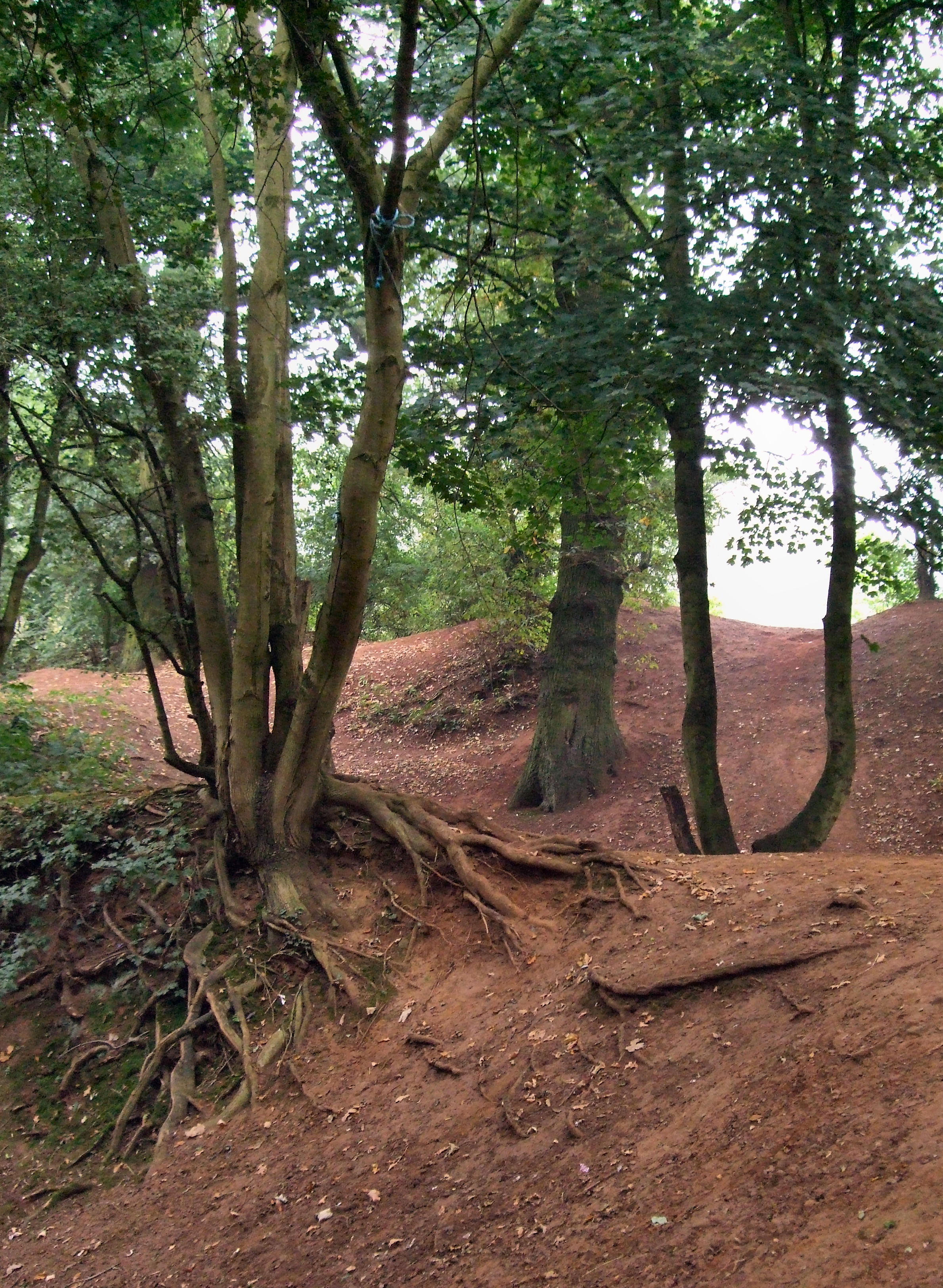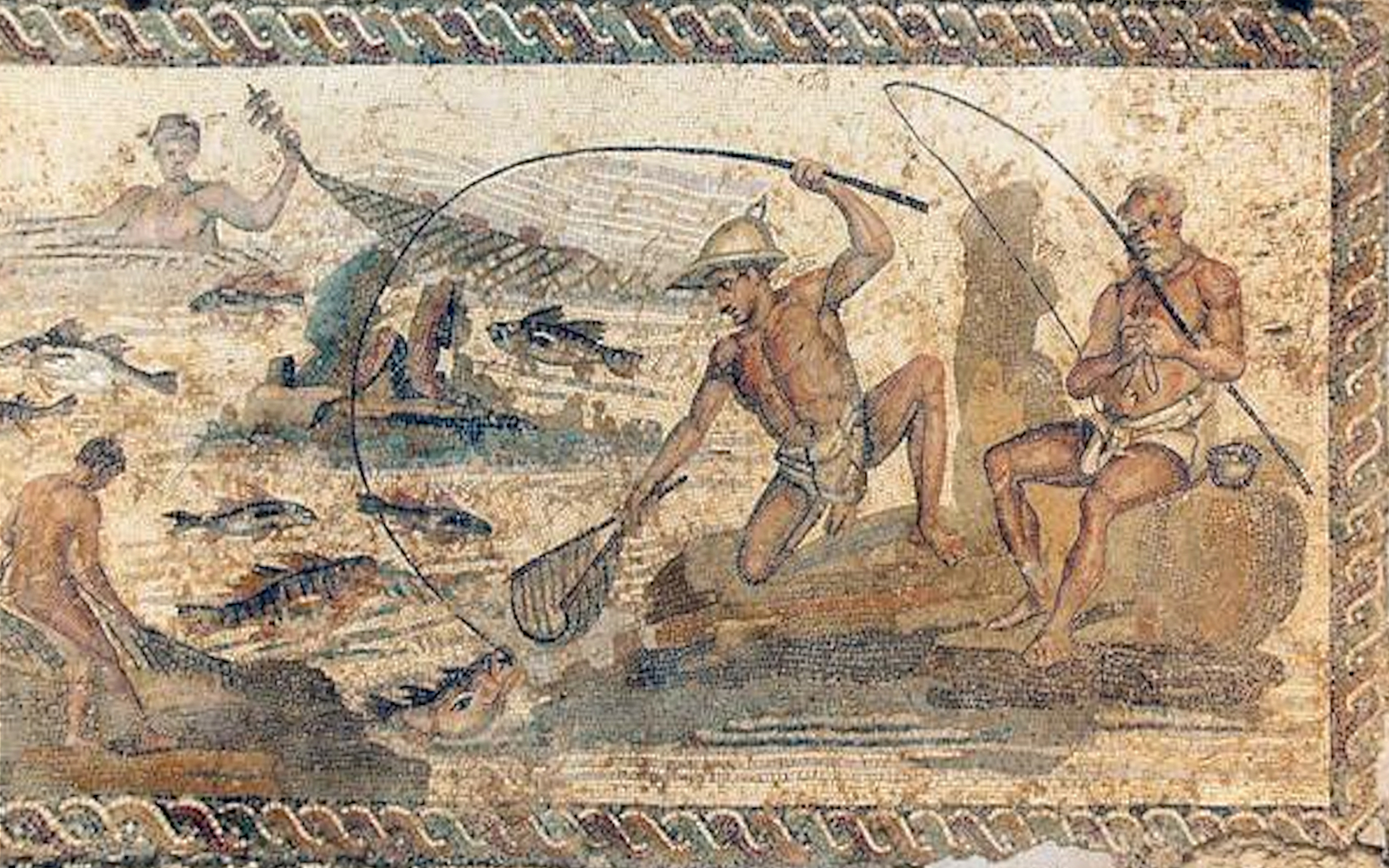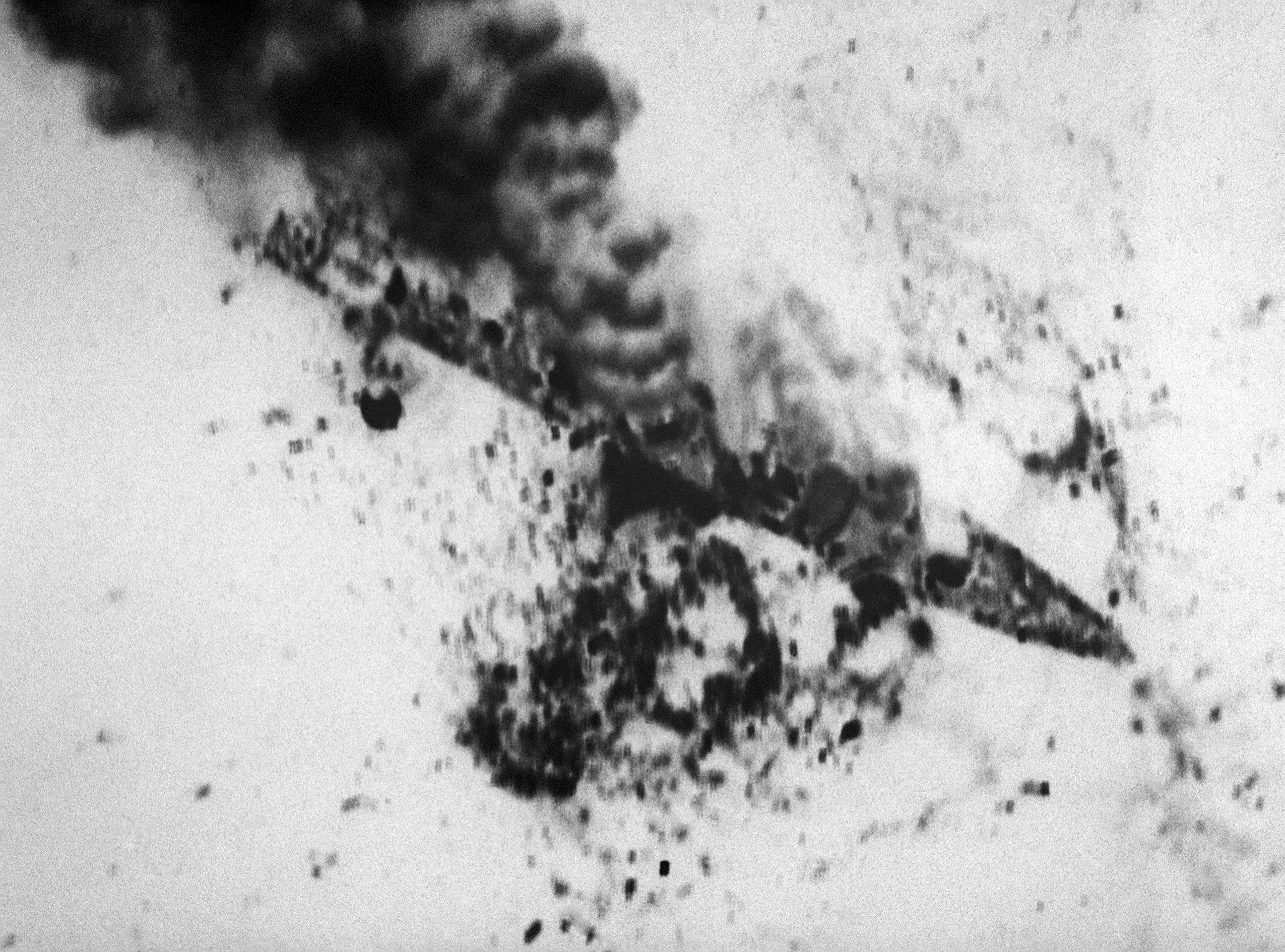|
T C Ivens
Thomas Coleman Ivens (1921–1988) was an English reservoir fly angler and author. Tom Ivens was born on 22 May 1921 in Northampton and studied at Northampton Grammar School and Seale-Hayne Agricultural College. Between 1944 and 1947 he was in command of naval minesweepers. He was on the staff of the ''Fishing Gazette'' from 1953 to 1956. A biography of Tom Ivens entitled ''The Fly Fishing Legacy of T C Ivens'' was published in 2021. Fly Fishing in England and Wales Although fishing on rivers in England goes back many centuries ( Dame Juliana Berners wrote on the subject in 1486), fly fishing on stillwaters has a more recent history. It began at the turn of the twentieth century with the construction of the water supply reservoirs which were stocked with trout; the first ones being Thrybergh Reservoir around 1880, Lake Vyrnwy in 1891, Ravensthorpe Reservoir in 1895, and Blagdon Lake in 1904. In the early days English reservoir fly anglers copied the method currently being ... [...More Info...] [...Related Items...] OR: [Wikipedia] [Google] [Baidu] |
Northampton
Northampton () is a market town and civil parish in the East Midlands of England, on the River Nene, north-west of London and south-east of Birmingham. The county town of Northamptonshire, Northampton is one of the largest towns in England; it had a population of 212,100 in its previous local authority in the 2011 census (225,100 as of 2018 estimates). In its urban area, which includes Boughton and Moulton, it had a population of 215,963 as of 2011. Archaeological evidence of settlement in the area dates to the Bronze Age, Romans and Anglo-Saxons. In the Middle Ages, the town rose to national significance with the establishment of Northampton Castle, an occasional royal residence which regularly hosted the Parliament of England. Medieval Northampton had many churches, monasteries and the University of Northampton, all enclosed by the town walls. It was granted a town charter by Richard I in 1189 and a mayor was appointed by King John in 1215. The town was also the sit ... [...More Info...] [...Related Items...] OR: [Wikipedia] [Google] [Baidu] |
Grafham Water
Grafham Water is an biological Site of Special Scientific Interest (SSSI) north of Perry, Cambridgeshire, Perry, Huntingdonshire. It was designated an SSSI in 1986. It is a reservoir (water), reservoir with a circumference of about , is deep at maximum, and is the List of reservoirs in England and Wales by volume, eighth largest reservoir in England by volume and the third largest by area at . An area of at the western end is a nature reserve managed by the Wildlife Trust for Bedfordshire, Cambridgeshire and Northamptonshire. The lake was created by building an earth and concrete dam, constructed by W. & C. French in 1965, and water is extracted and processed at an adjacent Anglian Water Water purification, treatment plant before being piped away as drinking water. It was shown from the air, before it opened, in 'Look at Life (film series)' ' 1965 episode, 'Will Taps Run Dry ?', narrated by Tim Turner. The reservoir was immediately colonised by wildlife and a nature reserve w ... [...More Info...] [...Related Items...] OR: [Wikipedia] [Google] [Baidu] |
British Fishers
British may refer to: Peoples, culture, and language * British people, nationals or natives of the United Kingdom, British Overseas Territories, and Crown Dependencies. ** Britishness, the British identity and common culture * British English, the English language as spoken and written in the United Kingdom or, more broadly, throughout the British Isles * Celtic Britons, an ancient ethno-linguistic group * Brittonic languages, a branch of the Insular Celtic language family (formerly called British) ** Common Brittonic, an ancient language Other uses *''Brit(ish)'', a 2018 memoir by Afua Hirsch *People or things associated with: ** Great Britain, an island ** United Kingdom, a sovereign state ** Kingdom of Great Britain (1707–1800) ** United Kingdom of Great Britain and Ireland (1801–1922) See also * Terminology of the British Isles * Alternative names for the British * English (other) * Britannic (other) * British Isles * Brit (other) * Bri ... [...More Info...] [...Related Items...] OR: [Wikipedia] [Google] [Baidu] |
Angling Writers
Angling is a fishing technique that uses a fish hook or "angle" (from Old English ''angol'') attached to a fishing line to tether individual fish in the mouth. The fishing line is usually manipulated via a fishing rod, although rodless techniques such as handlining and longlining also exist. Modern angling rods are usually fitted with a reel that functions as a cranking device for storing, retrieving and releasing out the line, although Tenkara fishing and cane pole fishing are two rod-angling methods that do not use any reel. The hook itself can be additionally weighted with a dense tackle called a sinker, and is typically dressed with an appetizing bait to attract the fish and enticing it into swallowing the hook, but sometimes an inedible fake bait with multiple attached hooks (known as a lure) is used instead of a single hook with edible bait. A bite indicator, such as a float or a quiver tip, is often used to relay underwater status of the hook to the surface. ... [...More Info...] [...Related Items...] OR: [Wikipedia] [Google] [Baidu] |
1988 Deaths
File:1988 Events Collage.png, From left, clockwise: The oil platform Piper Alpha explodes and collapses in the North Sea, killing 165 workers; The USS Vincennes (CG-49) mistakenly shoots down Iran Air Flight 655; Australia celebrates its Bicentennial on January 26; The 1988 Summer Olympics are held in Seoul, South Korea; Soviet troops begin their withdrawal from Afghanistan, which is completed the next year; The 1988 Armenian earthquake kills between 25,000-50,000 people; The 8888 Uprising in Myanmar, led by students, protests the Burma Socialist Programme Party; A bomb explodes on Pan Am Flight 103, causing the plane to crash down on the town of Lockerbie, Scotland- the event kills 270 people., 300x300px, thumb rect 0 0 200 200 Piper Alpha rect 200 0 400 200 Iran Air Flight 655 rect 400 0 600 200 Australian Bicentenary rect 0 200 300 400 Pan Am Flight 103 rect 300 200 600 400 1988 Summer Olympics rect 0 400 200 600 8888 Uprising rect 200 400 400 600 1988 Armenian ear ... [...More Info...] [...Related Items...] OR: [Wikipedia] [Google] [Baidu] |
1921 Births
Nineteen or 19 may refer to: * 19 (number), the natural number following 18 and preceding 20 * one of the years 19 BC, AD 19, 1919, 2019 Films * ''19'' (film), a 2001 Japanese film * ''Nineteen'' (film), a 1987 science fiction film Music * 19 (band), a Japanese pop music duo Albums * ''19'' (Adele album), 2008 * ''19'', a 2003 album by Alsou * ''19'', a 2006 album by Evan Yo * ''19'', a 2018 album by MHD * ''19'', one half of the double album '' 63/19'' by Kool A.D. * '' Number Nineteen'', a 1971 album by American jazz pianist Mal Waldron * ''XIX'' (EP), a 2019 EP by 1the9 Songs * "19" (song), a 1985 song by British musician Paul Hardcastle. * "Nineteen", a song by Bad4Good from the 1992 album ''Refugee'' * "Nineteen", a song by Karma to Burn from the 2001 album ''Almost Heathen''. * "Nineteen" (song), a 2007 song by American singer Billy Ray Cyrus. * "Nineteen", a song by Tegan and Sara from the 2007 album '' The Con''. * "XIX" (song), a 2014 song by S ... [...More Info...] [...Related Items...] OR: [Wikipedia] [Google] [Baidu] |
Conrad Voss Bark
Conrad Lyddon Voss Bark (9 March 1913 – 23 November 2000) was a writer and a correspondent for the BBC and the Times. Biography Conrad Voss Bark was born in 1913 to a family of Quakers in the Cottingham, East Riding of Yorkshire. He studied at Hymers College in Hull and at Bristol Grammar School in Clifton, Bristol. He started working at J. S. Fry & Sons, the chocolate maker from Bristol, and in 1935 started working as a journalist for the '' Hampstead News'' and the '' Golders Green Gazette''. He was a conscientious objector and a volunteer for the ambulance service in London during World War II. He started working for the ''Western Daily Press'' after the end of the war, and in 1947 became a writer for ''The Times''. In 1948 he married Charmian, née Evers, (deceased 1964), with whom he had four children. He joined the BBC in 1951 and was between 1952 and 1970 the parliamentary correspondent for the BBC television, and was one of two chosen to be "the first news reporter to ... [...More Info...] [...Related Items...] OR: [Wikipedia] [Google] [Baidu] |
Drogues
A drogue (also known as a storm drogue) is a device trailed behind a boat on a long line attached to the stern. A drogue is used to slow the boat down in a storm and to prevent the hull from becoming side-on to the waves. A boat that has deployed a drogue should not overspeed down the slope of a wave and crash into the next one, nor will the vessel broach. By slowing the vessel, the drogue makes the vessel easier to control in heavy weather and will help to prevent pitchpoling. A drogue works by providing substantial resistance when dragged through the water. An alternative device is the sea anchor, a much larger item than a drogue, which is streamed from the bows. The advantage of the sea anchor is that the bows of a yacht are invariably finer than the stern, thereby giving a safer and more comfortable experience in a storm. Both drogues and sea anchors will have "tripping lines" to aid recovery of the drogue after deployment. An alternative procedure during a storm is ... [...More Info...] [...Related Items...] OR: [Wikipedia] [Google] [Baidu] |
Monofilament Fishing Line
Monofilament fishing line (shortened to just mono) is fishing line made from a single fiber of plastic material, as opposed to multifilament or braided fishing lines constructed from multiple strands of fibers. Most fishing lines are now nylon monofilament because they are cheap to produce and can be produced in a range of diameters which have different tensile strengths (called "tests" after the process of tensile testing, or possibly as a portmanteau of "tensile" and "strength"). Monofilament line is also manufactured in different colors, such as clear, white, green, blue, red, and fluorescent. Monofilament is made by melting and mixing polymers and then extruding the mixture through tiny holes, forming strands of line, which is then spun into spools of various thicknesses. The extrusion process controls not only the thickness of the line but its test as well. History DuPont made public in 1938 that their company had invented nylon. [...More Info...] [...Related Items...] OR: [Wikipedia] [Google] [Baidu] |
Fishing Rod
A fishing rod is a long, thin rod used by anglers to catch fish by manipulating a line ending in a hook (formerly known as an ''angle'', hence the term "angling"). At its most basic form, a fishing rod is a straight rigid stick/pole with a line attached to one end (as seen in traditional Tenkara fishing); however, modern rods are usually elastic and generally have the line stored in a reel mounted at the rod handle, which is hand-cranked and controls the line retrieval, as well as numerous line-restricting rings (also known as ''line guides'') that distribute bending stress along the rod and help dampening down/prevent line whipping and entanglement. To better entice fish, baits or lures are dressed onto the one or more hooks attached to the line, and a bite indicator is used, some of which (e.g. quiver tip) might be incorporated as part of the rod itself. Fishing rod acts as an extended lever and allows the angler to amplify line movements while luring and pulling t ... [...More Info...] [...Related Items...] OR: [Wikipedia] [Google] [Baidu] |
Split Cane Rod
A bamboo fly rod or a split cane rod is a fly fishing fishing rod, rod that is made from bamboo. The British generally use the term "split cane." In the U.S., most use the term "bamboo." The "heyday" of bamboo fly rod production and use was an approximately 75-year period from the 1870s to the 1950s when fiberglass became the predominant material for fly rods. Nevertheless, bamboo fly rods made from skilled makers continue to be 'state-of-the-art' in performance and are cherished and revered by their owners.Schwiebert, Ernest (1984). Trout. New York, New York: E.P. Dutton. Manufacturing process With more than 1,000 different bamboo species and nearly a hundred different kinds, Tonkin Cane (''Arundinaria amabilis'' or ''Pseudosasa amabilis'') is most often used for fishing rods, replacing Calcutta cane which was used extensively prior. This bamboo species originally grew on only approximately 190 km² (48,000 acres) up the Sui River in the Tonkin Gulf region of Guangdong Provin ... [...More Info...] [...Related Items...] OR: [Wikipedia] [Google] [Baidu] |





.jpg)